Care and maintenance of a cockerel fish in a mini-aquarium
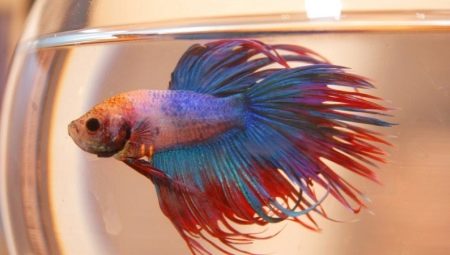
Nowadays, many people keep various ornamental fish in their homes. Different types of such pets require special care. Today we will talk about how to properly keep cockerels in small aquariums.
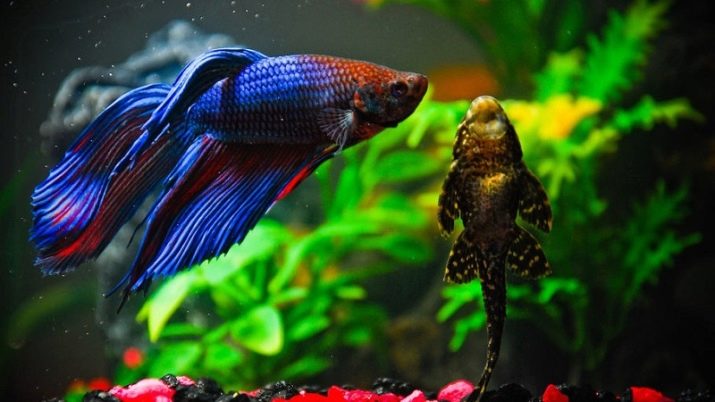
Pros and cons of mini aquariums
Small aquariums are considered to be containers designed for a volume of water up to 35-40 liters. For settling cockerels, products with a volume of 5 to 20 liters are most often used. Most often, cockerels are sent to small aquariums, as they are an unpretentious variety of ornamental fish. Such small containers have a number of advantages. They allow you to keep fish without using filters. You just need to change the water as it gets dirty.
If you are afraid of upsetting the biological balance in the aquarium, then it is better to install filtering equipment with a pump. In addition, there are a number of other advantages of mini-aquariums.
- Relative safety. If the glass part of the container is damaged, the damage to the dwelling will be minimal.
- Mobility... If necessary, such aquariums can be easily moved to another place, since they have a small mass and size.
- Saving special tools... In the assortment of such small containers, you can find many budget options that will be affordable for anyone. They also require fewer chemical and decorative products.
- Saving space... These aquariums will take up little space in your home; they can even be placed on a bookshelf or desk.

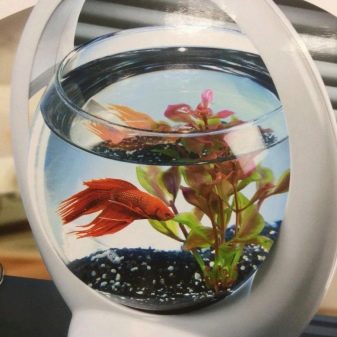
Despite a number of advantages, mini-aquariums also have some disadvantages.
- Frequent water pollution. In a small volume of liquid, cloudiness occurs much more often, it is not always easy to get rid of it. Moreover, it can occur due to too much feed. Also, the balance can be disturbed if too many fish are added to the container.
- Algae overgrowth. It is often possible to observe a large number of such plants in mini-products, which begin to pollute the water and spoil the appearance of the product.
- The rapid spread of infections. In a small volume of fluid, diseases can quickly infect all inhabitants, which will lead to their death.
- Rapid change in temperature and chemical composition... In a small volume of water, these characteristics often change dramatically, therefore, monitoring the condition of the water should be carried out every day.
It is better to use special testers to check the habitat. They are also used to track nitrite and ammonia.
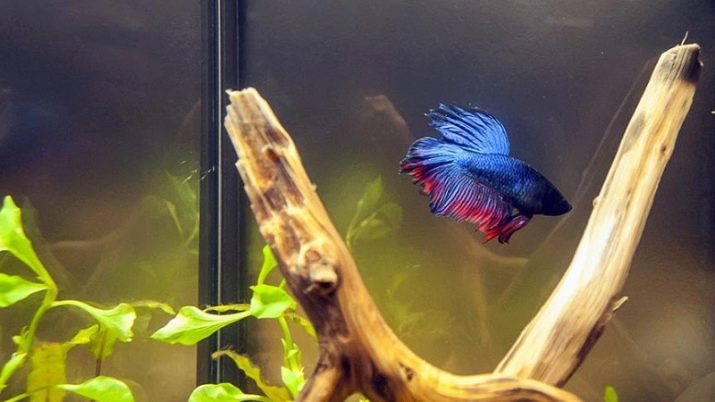
Basic rules of content
This variety belongs to unpretentious aquarium fish, but you should still adhere to the basic rules for keeping them in mini-containers. Remember that one fish will require no more than 4 liters of clean water... Also keep in mind that the temperature of the aquatic environment for this species should be about 25-28 degrees. The temperature regime of 18-19 degrees, such fish, if necessary, can also tolerate well.
Long-term exposure to cool water can be detrimental to the health of your cockerel fish. Control over the temperature regime of water should be carried out regularly using a thermometer. For prevention, it is worth dissolving special salt. Wherein half a teaspoon of such a substance is used for every 3 liters of liquid.
From time to time, the water in the mini-aquarium needs to be changed, because, as a rule, they do not have filters for cleaning. It is recommended to carry out such procedures every 3 days. Particular attention should be paid to the air in the container. Males breathe both with gills and with other special organs. The surface of the water should always be clean and free from algae, so that the fish can emerge at any time and capture air.
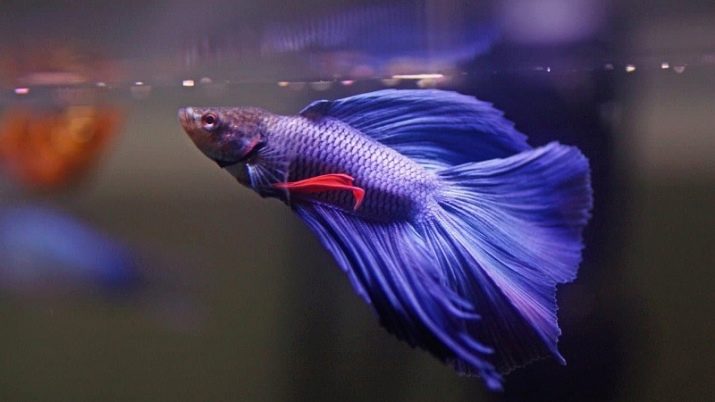
Often, a bacterial layer appears on the surface of the liquid. It must be removed immediately upon detection. To do this, lean a sheet of paper against the water. After that, it is removed, while the film remains on it. Gravel or cleaned sand can be used as soil for cockerels. You can buy ready-made painted primer in the store. Before placing the mass in the container, it need to be washed well under warm water or ignited.
In an aquarium, such individuals can be placed both live plants and artificial... If you choose the latter option, then pay attention that the edges of the products are not pointed, otherwise the fish can severely injure their fins. Living elements contribute to the biological balance in the aquarium. They should occupy at least 1/3 of the entire area of the container. They should be given special care. So, it is necessary to periodically carry out thinning, cut off rotten leaf blades. You can plant them simply in the soil layer or in small pots.
Cockerels like to swim between obstacles, so it is worth putting several decorative partitions, stones, grottoes in the aquarium. As a rule, special lamps for lighting are not installed in the lids of small aquariums. For such products, separate small sources are used, which are fixed at a certain height above the aquarium. It is best to purchase fluorescent or LED elements.
The power of the bulbs should be selected depending on the plants. If they are light-loving, then it is worth buying more powerful options.
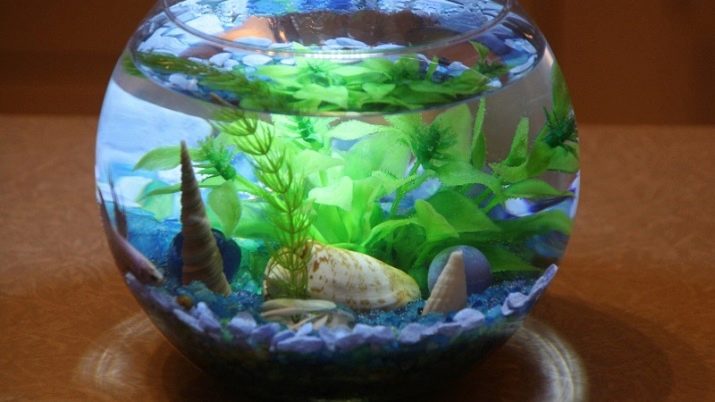
Malkov
If you have brought small individuals of cockerels in a mini-aquarium, then you should pay attention to their nutrition. After the fish have just hatched, they will feed on only the rest of their yolk sac for several days. Over time, they can include small live food in their diet. You can add daphnia or bloodworms to your diet, but overfeeding the fish is not recommended. Sometimes cockerel fry are placed in round glasses.
But as the fish grow up, it is necessary to relocate to a separate container with soil and plants. But remember that if you send an adult, which grew in a glass or jar alone, to the aquarium with the rest of the cockerels, then they will not be able to get along together.
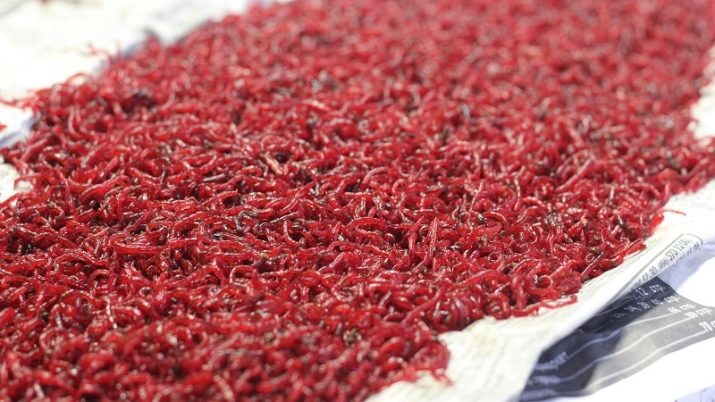
Adult fish
Almost any store food can be added to the diet of adults. It is permissible to use frozen, dry and live foods. But at the same time, you need to give a small amount of food. Fish should immediately eat all the food that is given to them. After all, small particles of uneaten food quickly settle on the bottom and on the walls of a small aquarium, which contaminates it and can lead to various infections. If the fish do not eat all of this food, then its remnants must be removed in a timely manner.
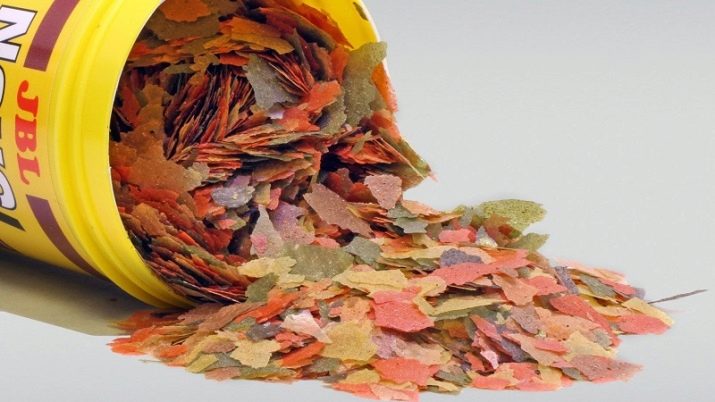
Possible problems
Males should be monitored regularly. If you notice that their condition has become worse, then you should take more careful care of the mini-aquarium. Make sure that there are no residual food particles on the surface. Do not forget to clean out algae that has grown a lot in the container.... remember, that the soil for a small volume aquarium also needs to be treated as carefully as possible. After all, a poorly processed mass can contain special harmful bacteria that contribute to the spread of fin rot.
This disease can lead to the fact that the fins, tail of fish will fall, their edges will lose their previous appearance. If you do not start treatment in a timely manner, the males will be completely left without them. Besides, Poor quality material or plants not washed with clean water may contain bacteria that can cause bone disease in males. This disease leads to damage to the gills of the fish.
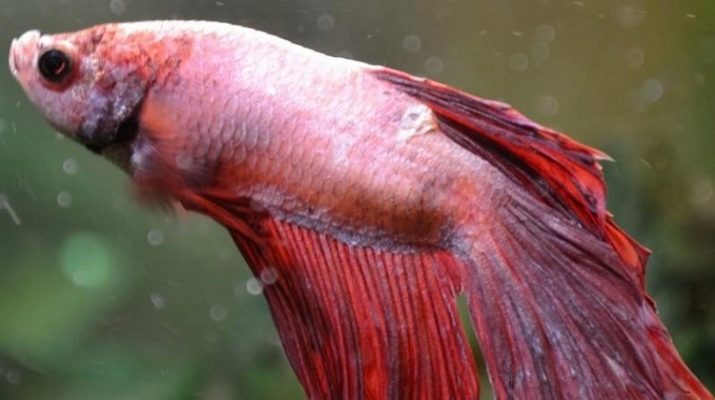
Can I add other fish?
Only certain varieties of other ornamental fish can be added to a mini-aquarium for cockerels. For joint maintenance, you will need a container with a volume of at least 40 liters. Individuals of mollies, catfish, swordtails get along well with this species. It is categorically impossible to add piranhas, astronotuses to the cockerels. Cichlids are also not the best option for living together with such fish in a small container.
It is permissible to add scalar, zebrafish, neons and labeos to cockerels in aquariums. But between these types of ornamental fish, rare clashes are possible.
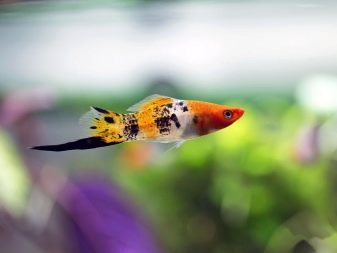
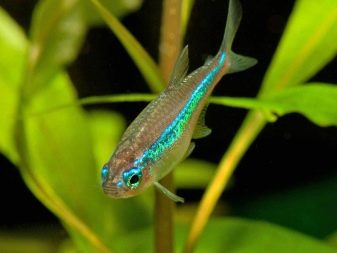
For information on how to properly care for a fish, a cockerel, see the next video.








